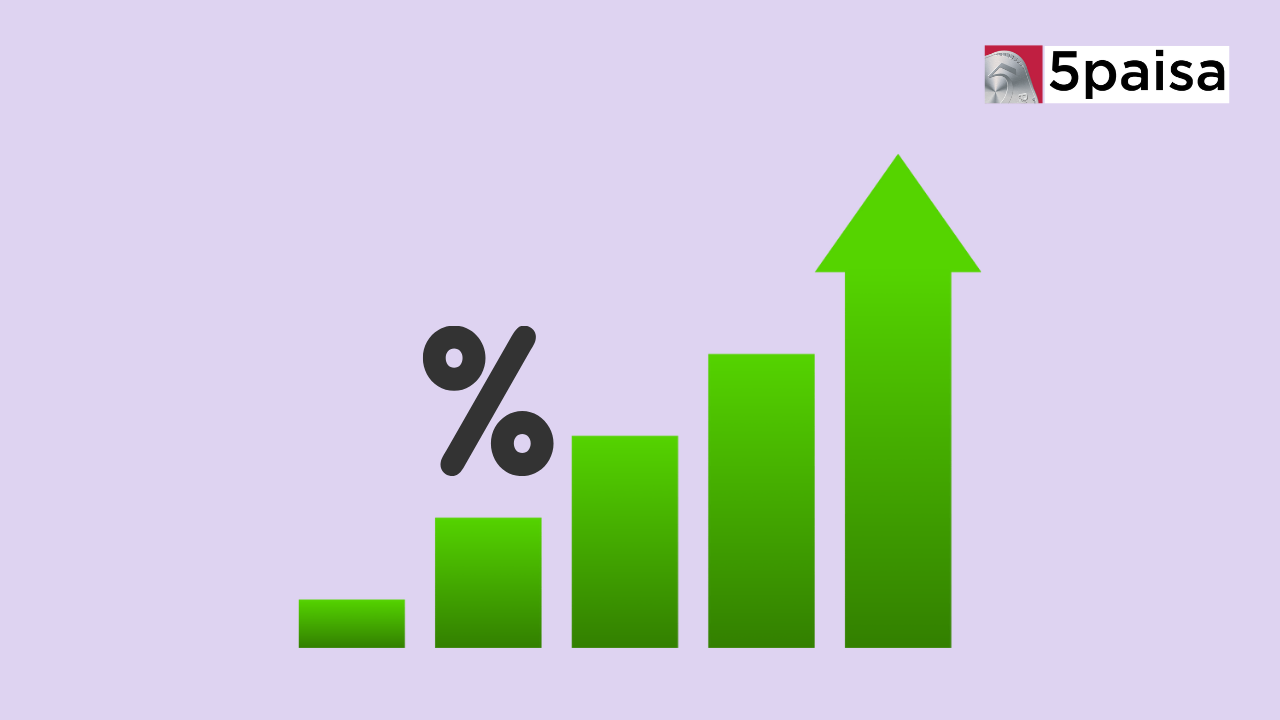Top Growth Stocks Trading at a Discount
How small finance banks loaded bad debt in growth drive and are now cleaning up

Last Updated: 10th December 2022 - 12:21 pm
Seven years ago, when the Reserve Bank of India (RBI) came up with an initial list of ten small finance banks (SFBs) under a new category of lenders, it was not just intended to help microlenders transition and scale up but also to provide a breath of fresh air to the financial system.
Indeed, as more of them changed their structure they also brought another set of publicly listed companies where investors could punt on and diversify their portfolio instead of banking on legacy banks and non-banking finance companies.
If we look at the aggregate performance of these SFBs over the last four years, they have surely provided a high growth set of investment opportunities.
Outpacing bigger peers
The advances book of SFBs has grown at a four-year CAGR of around 40%, albeit with a low base, compared with 18% annualised growth that private-sector banks clocked in the four years ended March 31, 2022.
As most SFBs transitioned from being microlenders, they faced a bigger challenge in terms of deposit mobilisation. But they crossed the hump and have built a good deposit base by setting up liability focused branches initially. The proportion of deposits in their total liabilities has consistently grown, allowing them to decrease the proportion of higher-cost borrowings over the recent past.
The deposits of SFBs—such as AU Small Finance Bank, Ujjivan SFB and Equitas SFB—grew at a CAGR of 40% during FY18 to FY22 as against the CAGR of 16% for private-sector banks, which has helped SFBs gain market share.
As a result, the share of deposits in total liabilities has increased from 38% as on March 31, 2018, to 72% as on March 31, 2022. This has helped their credit-to-deposit ratio gradually improve to around 93%, from 176% four years ago. Further, with the restructuring of capital source, the average cost of funds declined from 8% for FY18 to 5.9% for FY22.
To be sure, even as their share in the advances of the overall banking industry has gone up from just 0.4% as on March 31, 2018, to 1.14% as on March 31, 2022, it is still tiny. This does provide a growth opportunity.
Changing colours
If we look at the main change taking root with SFBs it is the nature of their loan book. Since a majority of the SFBs have transitioned from being microlenders, micro-loans dominate their loan book. But this is changing with a focus on pushing secured loan products like loan against property (LAP), automobile loans, home loans and gold loans.
As a result, the share of secured loans increased from 44% to 56% over the last four years. That said, the share of microfinance still constitutes a large share for some SFBs, which had adversely impacted the asset quality and profitability in FY21 and FY22 due to the impact of COVID-19.
In order to mitigate impact of such event risks, rating agency CARE expects many of these SFBs to increase the focus towards non-MFI loans, thereby increasing the share of non-MFI loans in the medium to long term.
Asset quality, fundraising picture
The asset quality of all lenders has been impacted in the last two years due to the COVID-induced economic slowdown and lockdowns across the country. SFBs were hit harder due to the exposure to relatively weaker borrower segments and a larger proportion of unsecured loan book.
This marked the second blow to SFBs, who were previously impacted by demonetisation that pushed up their cost of credit.
In fact, when it comes to asset quality the picture of SFBs versus commercial banks moved in the opposite direction. While private-sector banks cleaned up their corporate loan books and improved their bad loans quantum, the same sank for SFBs.
Gross stressed assets, which includes gross non-performing assets and standard restructured advances, for SFBs stood at 8.4% as on March 31, 2022 with the standard restructured book nearly doubling to 3.6% of gross advances as on March 31, 2022. This is much higher than the restructured book of the overall banking sector (around 2% of gross advances).
Going forward, with a rundown of the legacy loan book, asset quality of SFBs is expected to improve, according to CARE. This would also support a better picture in terms of profitability.
The new scenario with high growth requires SFBs to mobilise additional capital. This got impacted during COVID-19. Five SFBs have filed documents to go public over the last six to 12 months to raise Rs 3,000 crore, in addition to almost a similar amount going to their selling shareholders but this got impacted due to the volatility in the market.
This is changing. In the three months ended September 30, SFBs raised equity and tier II capital cumulating to Rs 3,275 crore after drawing a blank in the preceding quarter. Also, more SFBs are now reviving their IPOs.
This would be critical if they are to grow at a CAGR of 30% over a two-year period. CARE estimates they need to scoop up at least Rs 4,000 crore by March 2024. Given that SFBs are particularly behind in terms of tier II capital base they should work towards convincing investors for that side of capital needs.
Summing up
Overall, SFBs are continuing to grow, albeit at a slower pace than before and with a lower credit cost. This would help improve profitability. And a reduction in bad loans could bring back more investors towards SFB stocks.
However, one key factor would be how fast they can mobilise capital to support the growth in advances.
Trending on 5paisa
04
 5paisa Research Team
5paisa Research Team
Discover more of what matters to you.
Indian Stock Market Related Articles
Disclaimer: Investment in securities market are subject to market risks, read all the related documents carefully before investing. For detailed disclaimer please Click here.
 Sachin Gupta
Sachin Gupta Ruchit Jain
Ruchit Jain




